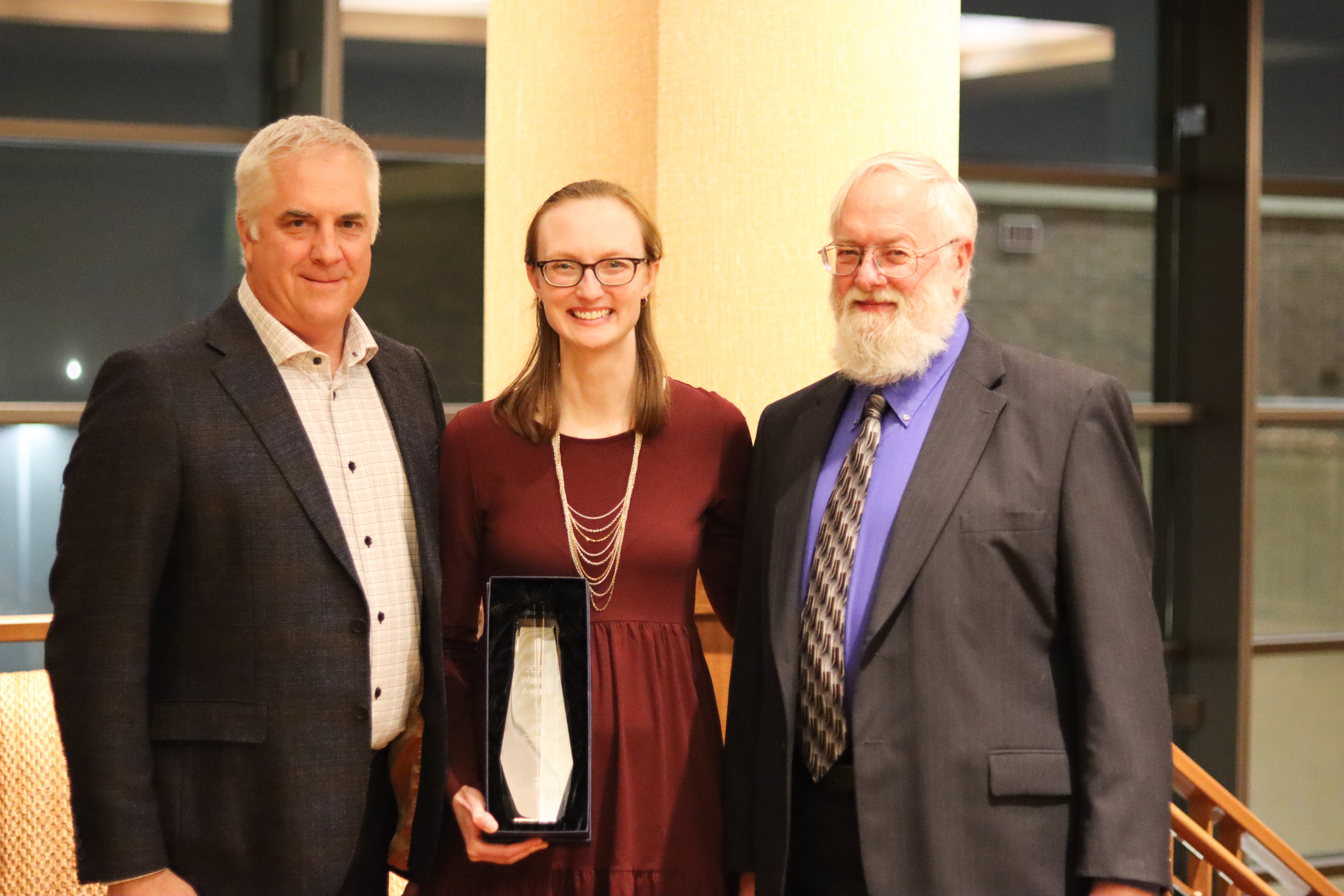Whether you are an owner, contractor, or future user of a construction project, erosion and sediment control are aspects that are sometimes overlooked. And, for some, this topic is heading into unknown territory.
Starting with the Basics
What is the difference between erosion and sediment? Erosion is the de-attachment and transportation of sediment caused by rainfall. Soil type, slope length/steepness, type of cover, and what, if any, conservation practices are being used all impact the severity of erosion from a construction site. Sediment is the result of deposition from the de-attachment and transportation. The resulting effect of the two is stormwater pollution.
To paint a picture, imagine yourself standing on top of a hill. Let’s say the hill is covered by a well-kept turf. Will you see soil moving during a rain event? Probably not. Suppose the turf has been stripped off to the bare soil without any protection. Then it rains. You will likely see soil start moving downhill and cause a deposition at a nearby storm structure.
The goal of erosion control is the prevention of de-attachment and reduction of transportation. For sediment control, the goal is to trap the material that erosion produces. Since erosion is always the origin of sediment, erosion control is much more effective than sediment control—sediment control should really be considered the secondary line of defense. Alone, sediment control will not prevent stormwater pollution.
Minimize Erosion and Sediment
A few best practices to reduce stormwater pollution by minimizing erosion and sediment are:
- Minimize the amount of land disturbed.
- Retain a strip of dense vegetation near the site discharge point(s) to help trap sediment and slow down the velocity of the runoff.
- Seed or mulch disturbed areas as soon as practical.
- Keep the area clean and free of waste, such as demolition waste and hazardous materials.
- Select and utilize the appropriate Best Management Practices (BMPs). Assistance from an engineer or Iowa Certified SWPPP Designer (ICSD) to prepare your plans is strongly recommended.
SWPPP and Construction Permits
With construction in the near future, an SWPPP may be inevitable. SWPPP is an acronym for Stormwater Pollution Prevention Plan. Having an SWPPP is one of the requirements for the Iowa National Pollutant Discharge Elimination System (NPDES) General Permit #2 for construction activities. This is also a common requirement for other states such as Illinois and Wisconsin. There are specific steps, coordination, and requirements to meet in order to get the SWPPP approved.
Detailed erosion and sediment control plans are becoming mainstream in today’s engineering plans and often a critical part of regulatory agencies’ reviews. It’s important to identify this in the planning phase of your project. It is also important to get an experienced engineer, contractor, or certified SWPPP designer involved at this stage.
Why should you care?
Protecting our water and stormwater systems will increase the effectiveness of water treatment, extend service lives of the systems, and protect our environment allowing for our future generations to enjoy the benefits as much as you are today.
Not only that, but the inadequacy of erosion and sediment control or an SWPPP will cost you money. It can result in penalties from the EPA, Iowa DNR, and/or local municipalities. The fines can go up to $20,000 per violation per day until it is corrected. (Note: SWPPP preparation and approvals may take several weeks to put together.)
By understanding the erosion process and being able to distinguish the difference, as well as the causes and effects of erosion and sediment, you will know the best approach to take with your project. This will help you be proactive when it comes to communicating and collaborating with the different parties involved, including owners, contractors, and users.
As an owner or contractor, if you have an experienced engineer or designer involved with the development and implementation of your erosion control plan and SWPPP, your chances of passing inspections will drastically increase. You will save a significant amount of money by avoiding unnecessary corrections and paying penalties, while also protecting our water and stormwater systems.















